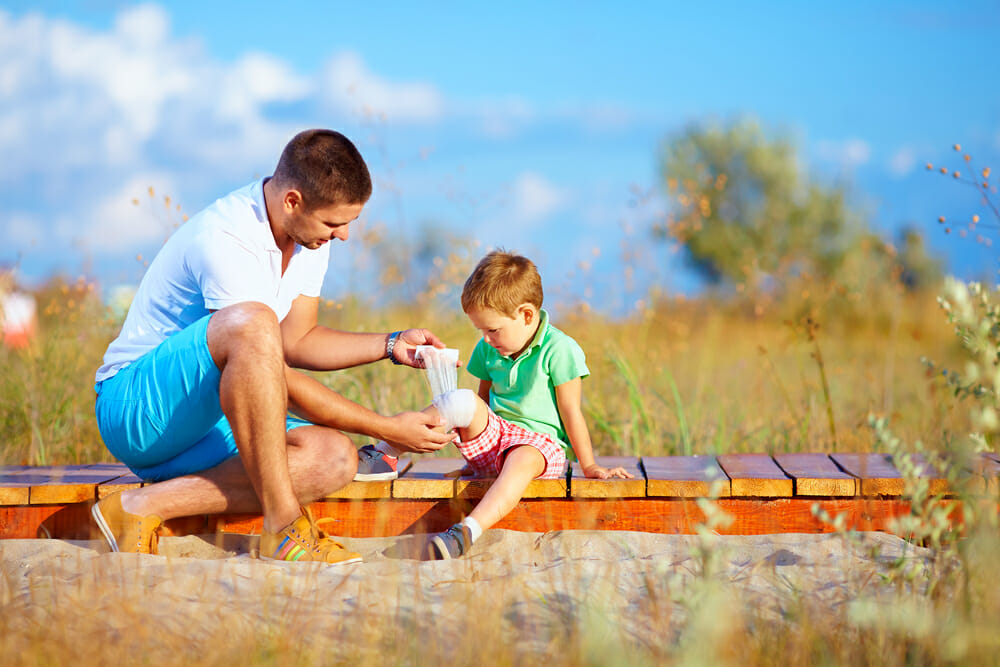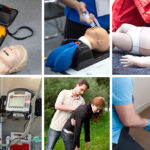Being a “parent” is a tremendous privilege and responsibility. Parents should take precautions and know about several first aid tips to ensure the well-being of their children. As kids grow older, different injuries may occur, so it is important to get trained and be prepared.
First Aid Guide for New Parents
The following tips are a guide to safety, but we recommend signing up for a First Aid Certification Class for a complete training session.
Choking
Many children are fond of playing with toys – either small or big. However, those who are playing with small ones have higher risks of being involved in incidents such as choking. Choking is an emergency situation where the person’s airway has been blocked by food or an object. To respond to a choking victim, perform the following steps:
- Assess the situation. Check whether the person is really choking or not. If he/she only nods or is unable to respond to your questions, proceed with the next step. The child may even show the universal choking sign.
- Stand and kneel behind the victim.
- Make a fist with one hand and place it on the person’s abdomen just above the belly button.
- Grab your fist with the other hand and give quick, upward abdominal thrusts.
- Continue performing abdominal thrusts until the object has been dislodged and the person can breathe or cough forcefully, OR the person becomes unconscious.
- If the victim becomes unconscious, begin CPR.
Burns and Poisoning
Another common injury among children is burn injuries. If your child is suffering from a burn emergency, proceed with the following steps:
- Soak the burn area in running water. You can also cool it with cold water for 5 minutes or more, depending on the severity of the burn.
- Apply ointment if it is only a minor burn.
- Call for 911 or medical assistance when the victim is suffering from a third or fourth-degree burn.
- Take pain relievers such as ibuprofen, if needed and permitted.
For poisoning emergencies, do the following:
- Assess the situation before going into action. Look out for leaking containers of poison because it may cause harm to you as you respond to the victim.
- Wear your own personal protective equipment.
- Call 911 or the National Poison Control enter at 1-800-222-1222 and follow the instructions they will give you.
- If possible, remove the poison. Remove the contaminated object on the victim’s body using gloves.
- Rinse the contaminated area with water for at least 20 minutes.
- Move the person to a poison-free scene, if possible.
Wounds
Getting wounds such as scratches or abrasions is a part of your kid’s childhood. Instead of panicking when they tend to get one, follow these steps instead:
- Assess the scene carefully and read your first aid kits.
- Identify the type of wound emergency the victim is having before proceeding with medication.
- Give them the proper treatment such as cleaning the wound, applying the ointment, or wrapping it up with a bandage.
- If the wound bleeds a lot, call 911 for help and advice on what you should do next.
Conclusion
The guide provided above is also covered in the first aid certification course offered by the American CPR Care Association. Register now and prepare yourself for protecting your child from harms and injuries.







